Your Cart is Empty
Get Up To 35% OFF & Free Delivery
Get Up To 35% OFF & Free Delivery
Get Up To 35% OFF & Free Delivery

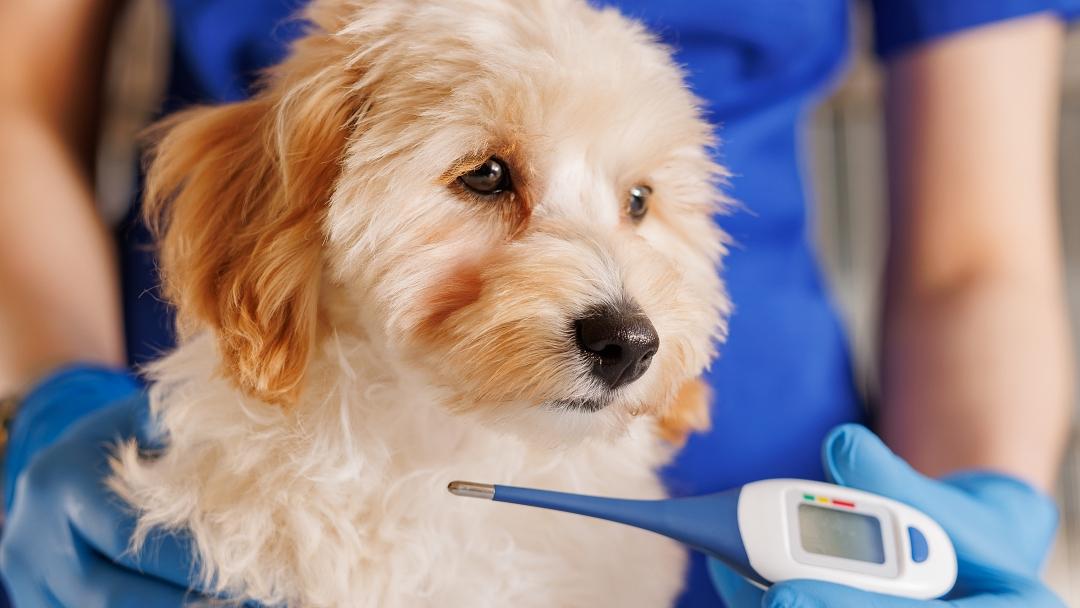
(And What's Normal For Dogs)
Though taking your dog’s temperature is probably not something you’d think about in normal circumstances, if they become unwell, it is useful to know how to do so safely. This article talks you through when you may want to check their temperature and how to use a thermometer both safely and accurately. We also explore what to do with that information and when a vet check is advised.
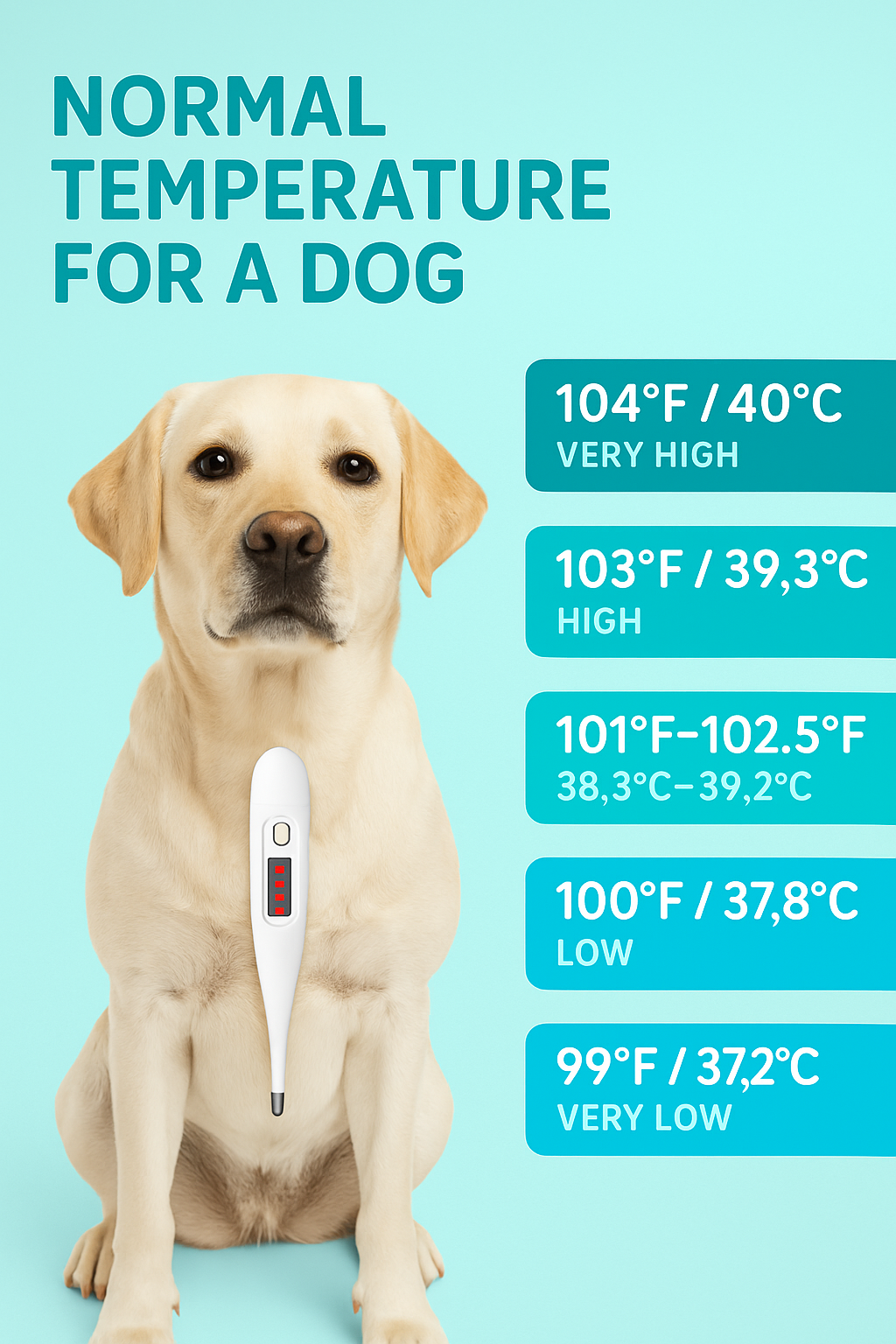
Most dogs are going to have a body temperature of about 100.4°F to 102.5°F (38°C – 39.2°C). The exception would be very young puppies, who are born with a temperature a few degrees lower than this, with that temperature rising to normal by about week four of their life.
Smaller breeds tend to have temperatures that fall within the higher end of the range, due to their faster metabolic rates. We can also see a slight elevation in temperature if the dog is very warm, has a thick coat, or has recently been very active.
In a healthy adult dog, anything below 98°F is classed as hypothermia, while anything above 102.8°F is a fever.
You may be concerned that your dog has a low or high body temperature if they are displaying any of the following signs:
Fever (Elevated body temperature):
Panting
Shaking
Feeling hot when touched, especially the ears
Lethargy
Food refusal
Hypothermia (Low body temperature):
Shivering
Feeling cold when touched
Weakness
Sleeping much more
Slow heart rate and breathing rate

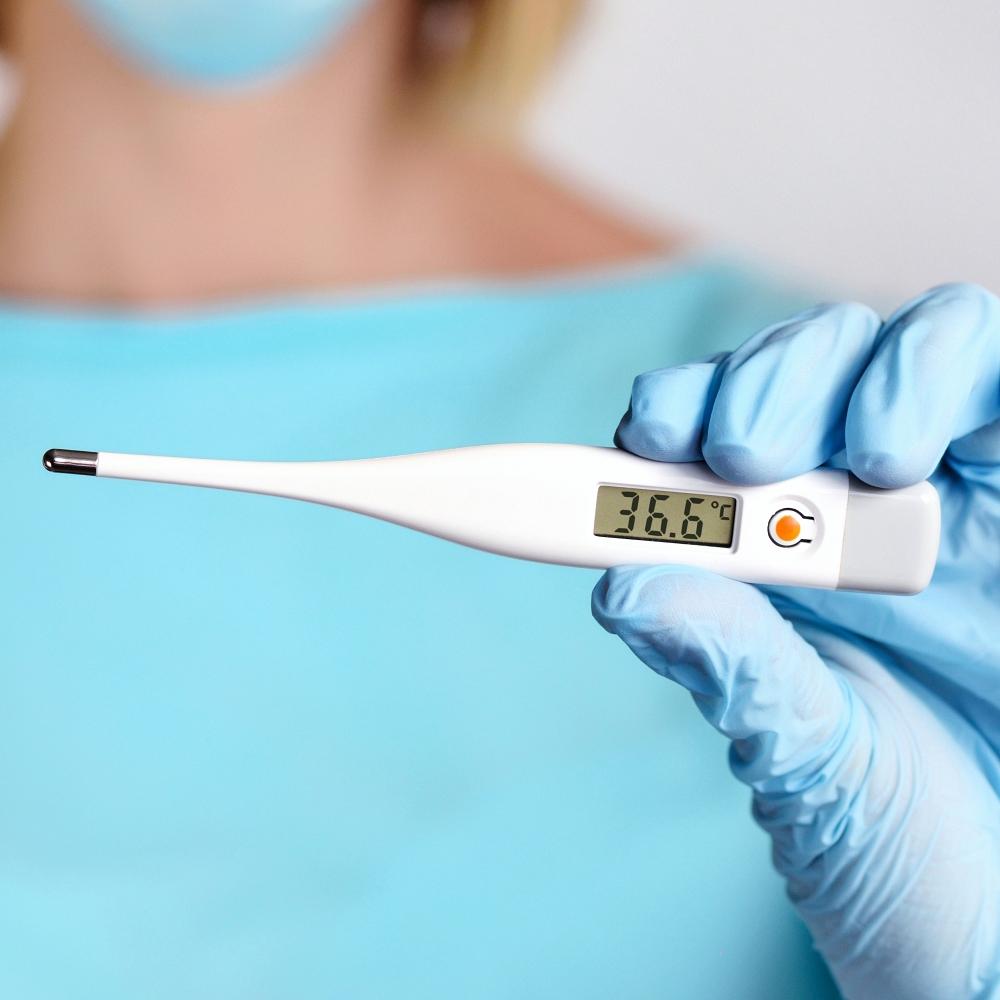
This is what you want to be using, as it will provide an accurate body temperature. Though somewhat unpleasant to have to use the rectal route, this is the most appropriate way you can determine your dog’s true temperature
As a vet, I will only ever use a rectal thermometer as the others are not calibrated for dogs, and results are generally inaccurate.
Using an ear thermometer is not advised, as results are variable. This is due to the fact that a dog’s canal comes in a range of sizes and owners typically don’t put the thermometer to the correct depth. Also, dogs often have furry or waxy ear canals, which affect the reading.
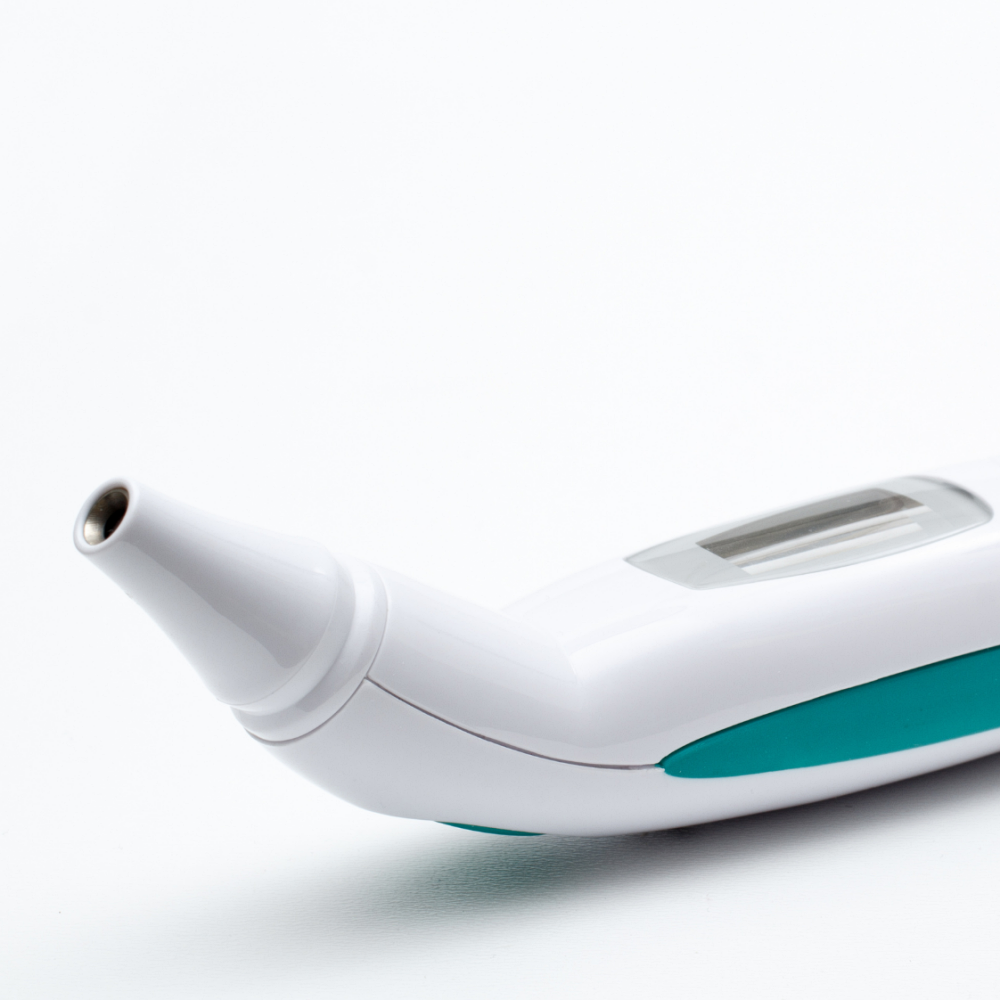
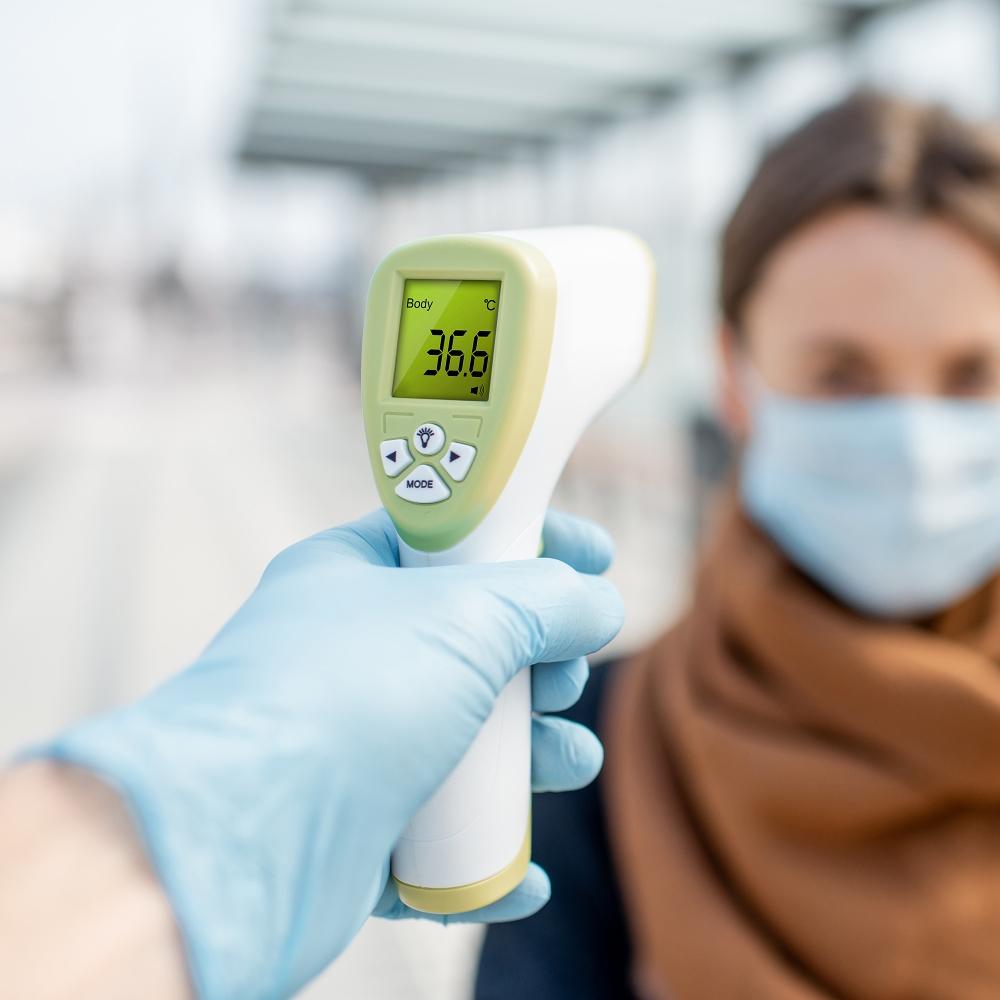
Unfortunately these temperatures will not be accurate, due to a dog’s fur and as their skin is much thicker than that of a human. Owners often get worried when their infrared thermometer shows an abnormal reading, but this measurement should not be relied upon at all.
A human rectal thermometer is a great option. This can be a mercury or digital one. Human thermometers designed to read the temperature of the skin are not recommended and give inaccurate results.
To learn how to check a dog’s temperature, simply follow the steps outlined below:
Start by ensuring your dog is in a calm and quiet spot, and have someone they know and trust restrain them. It is often easier to have them standing on a table. If they are anxious, you can have the person feed them some tasty chicken, or a similar treat.
Using a gloved hand, gently lift their tail to the side to expose their anus. Ensure the thermometer has got plenty of lubricant (KY jelly or Vaseline) on the end and insert it one to two inches into the rectum. Leave it there until it beeps, which can take a minute or so. Ensure it is not caked in stool. On removal, clean well using an antibacterial solution.


As mentioned, this is not the preferred method when it comes to checking a dog’s temperature. Have someone help keep your dog still so they feel secure. Insert the clean thermometer, so it is pointed towards the eardrum. Hold it still, waiting until the reading stops changing, which can take a couple of minutes. If it is digital, leave it in until the reading is static on the screen.
In a pinch, you may try this method, but be aware that results are generally not to be trusted. If the dog has an ear infection, for example, the result will be too high. Conversely, if we do not insert the thermometer deep enough, the reading will be falsely low.
If unable to check your pet’s temperature rectally or within their ear, you may consider using their armpit. This way measures the temperature of their skin rather than their internal body temperature, so it is generally a degree or so lower than their true temperature.
The thermometer is put deep into their armpit and held tightly there, until the temperature reading is stable. It can be tricky to hold your dog still, but they may be bribed with a lick mat smeared with peanut butter or similar.

If your dog has gotten a bit too warm and their temperature is a little high, move them to a cool area and provide active cooling in the form of cold water for them to drink, wetting their fur with cool water, and fans. Never cover them with a wet towel, as this traps their body heat.

Conversely, if your dog has gotten very wet or cold, warm them up by putting them in a warm area and drying their fur well. A hairdryer can be useful here, as can a hot water bottle wrapped in a towel.
If your dog’s temperature is not returning to normal quickly, or if they have other concerning signs (such as weakness, lethargy, vomiting, pale or bright red gums, or difficulty breathing), they need to see a vet urgently.
A body temperature far outside of the normal range (below <99° degrees F or > 102.8° degrees F) is also a red flag that warrants an immediate vet visit.
It is a good idea to check your pet’s temperature if you are concerned they are too hot or cold. This may be, for example, if you think they have gotten over-heated, or if their skin feels different to usual.
There can be lots of causes for body temperature variations including illnesses, stress, pain, and post-vaccine reactions.
Keep in mind that puppies naturally have lower body temperatures than adult dogs.

A dog’s normal temperature falls between 100.4°F to 102.5°F (38°C – 39.2°C).
The best method for checking their temperature is a rectal thermometer
If in doubt or if their temp is above 102.8°F or below 99°F → Call Vet
See How Dog Owners Are Using These Leak-Free Potty Pads to Keep Their Homes Clean and Pups Happy
4.7 ⭐⭐⭐⭐⭐
Over 100,000 Dog Owners Saved Money With Potty Buddy™
The washable pee pads that absorb anything your dog throws at them, while keeping your floors and furniture stain-free.
✅ Super Absorbent and Leak-Proof
✅ Great for Potty Training
✅ Ideal for Puppies and Older Dogs
✅ Washable and Reusable For Years
✅ Save over $400/year by not buying disposables
-60 Day Money Back Guarantee-

⭐⭐⭐⭐⭐
-Diana D.
These pads are a life saver for my kitchen floor and bedroom carpet! Just ordered 2 more!




Follow Us On
Check Out Our Most Popular Content